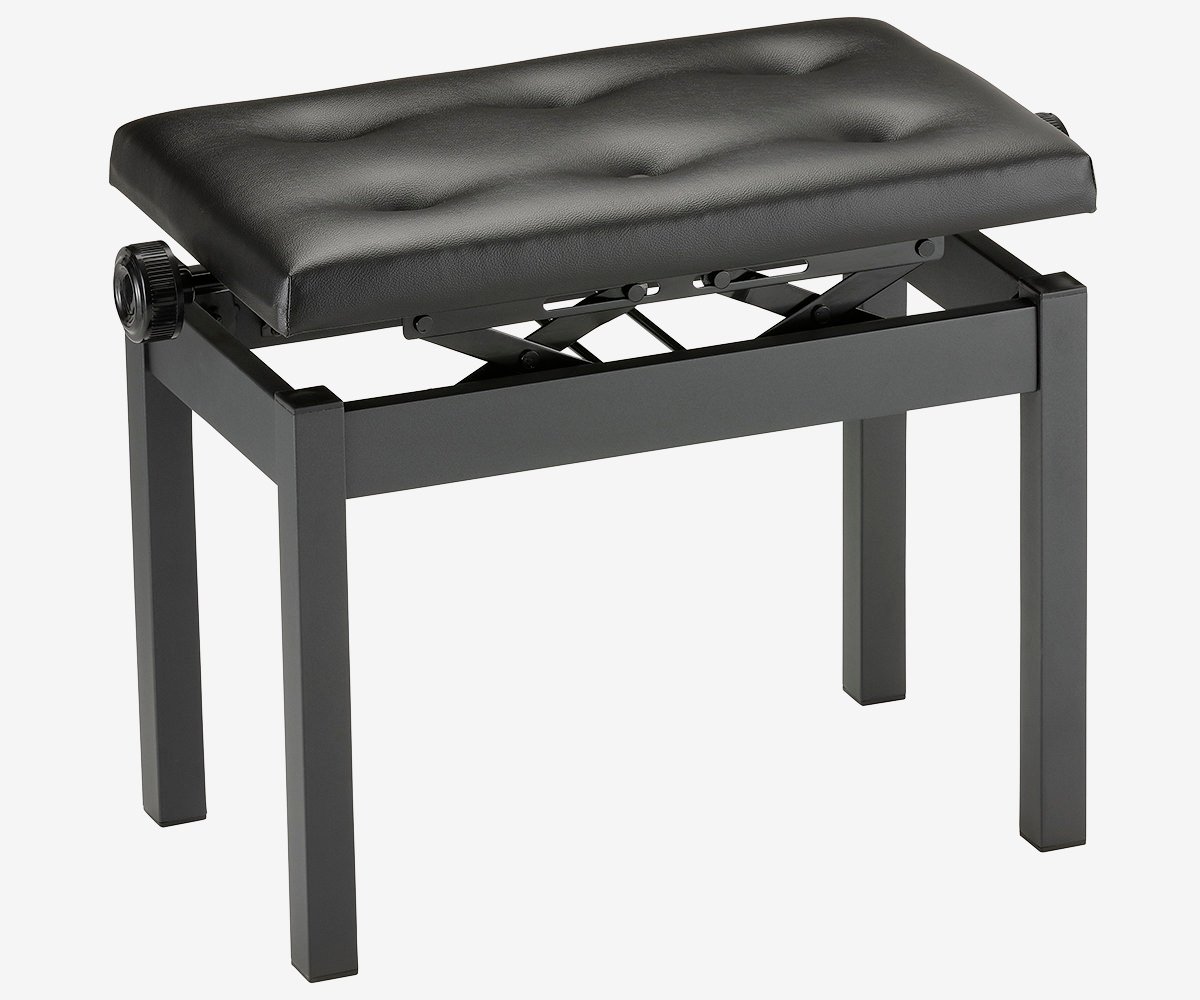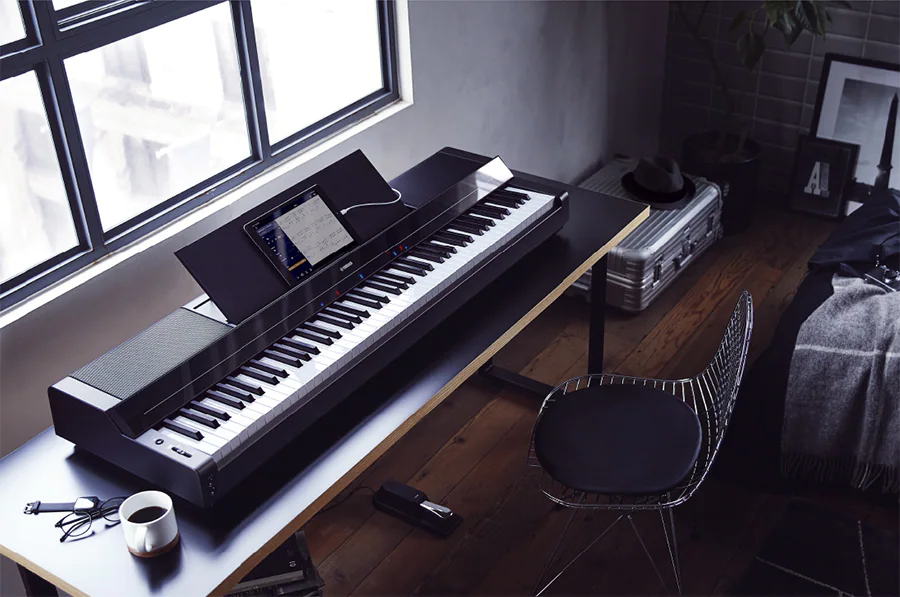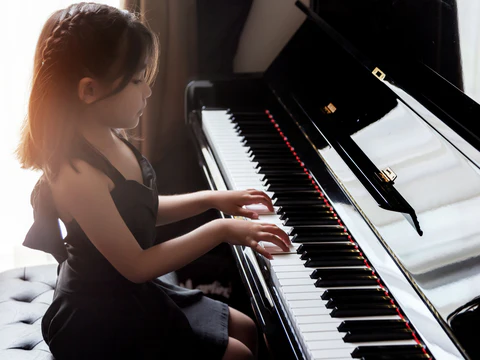Choosing the right piano is a crucial decision for both budding pianists and seasoned musicians. Among the various types available, grand pianos and upright pianos stand out as the most popular choices. Understanding the key differences between these two can help you make an informed decision that best suits your musical needs, space, and budget. In this comprehensive guide, we’ll explore the distinctions between grand and upright pianos, delving into aspects such as size, sound quality, cost, and more.
1. Introduction to Grand and Upright Pianos
1.1. Overview of Piano Types
Pianos come in various shapes and sizes, each offering unique features and benefits. The two primary categories are grand pianos and upright pianos, each catering to different preferences and requirements.
1.2. Historical Background
The grand piano, with its horizontal strings and large soundboard, has been a staple in concert halls for centuries. In contrast, the upright piano, known for its vertical strings and compact design, gained popularity for home use due to its space-saving nature.
1.3. Importance of Choosing the Right Piano
Selecting the appropriate piano type can significantly impact your playing experience, practice routine, and overall satisfaction with the instrument.
2. Size and Space Requirements
2.1. Dimensions of Grand Pianos
Grand pianos are available in various sizes, from concert grands measuring up to 9 feet long to smaller baby grands around 5 feet. Their horizontal orientation requires ample floor space.
2.2. Dimensions of Upright Pianos
Upright pianos are more compact, typically ranging from 36 to 60 inches in height. Their vertical design makes them ideal for smaller rooms and apartments.
2.3. Space Optimization
Assessing your available space is crucial. While grand pianos make a striking visual statement, upright pianos offer practicality without sacrificing quality.
3. Sound Quality and Acoustic Performance
3.1. Grand Piano Sound Characteristics
Grand pianos are renowned for their rich, resonant tones and superior dynamic range. The horizontal string arrangement allows for better sound projection and a more nuanced auditory experience.
3.2. Upright Piano Sound Characteristics
While upright pianos produce excellent sound quality, they generally have a more focused and less expansive sound compared to grand pianos. Advances in technology have significantly improved their acoustic performance.
3.3. Comparative Sound Analysis
Grand pianos excel in delivering a full-bodied sound with greater sustain and clarity, making them preferred for professional performances. Upright pianos, however, offer a satisfactory sound for home practice and small performances.
4. Touch and Playability
4.1. Action Mechanism in Grand Pianos
The action in grand pianos is more responsive, allowing for greater expression and control. The larger keys and longer strings contribute to a more tactile playing experience.
4.2. Action Mechanism in Upright Pianos
Upright pianos have a more compact action mechanism, which can sometimes result in a slightly less responsive touch. However, high-quality upright pianos still offer excellent playability.
4.3. Player Experience
Experienced pianists often prefer grand pianos for their superior touch and expressive capabilities, while beginners may find upright pianos sufficiently responsive for learning.
5. Cost Considerations
5.1. Price Range of Grand Pianos
Grand pianos are generally more expensive, with prices ranging from $7,000 for baby grands to over $200,000 for concert grands, depending on the brand and craftsmanship.
5.2. Price Range of Upright Pianos
Upright pianos are more affordable, typically costing between $3,000 and $10,000. This makes them accessible to a broader range of budgets.
5.3. Value for Money
While grand pianos offer unmatched sound and aesthetics, upright pianos provide excellent value for money, especially for those with budget constraints or limited space.
6. Maintenance and Longevity
6.1. Maintenance Needs of Grand Pianos
Grand pianos require regular maintenance, including tuning, regulation, and occasional repairs. Their larger size also means more components that may need attention over time.
6.2. Maintenance Needs of Upright Pianos
Upright pianos also require regular maintenance, but their compact design can make servicing slightly more straightforward. They are generally more durable for home use.
6.3. Longevity and Durability
Both grand and upright pianos can last for decades with proper care. However, grand pianos often retain their value better over time, especially high-end models.
7. Aesthetic and Design
7.1. Visual Appeal of Grand Pianos
Grand pianos are often considered the epitome of elegance and sophistication. Their sleek lines and impressive stature make them a centerpiece in any room.
7.2. Visual Appeal of Upright Pianos
Upright pianos offer a classic look with various finishes and styles. They blend seamlessly into most home décors without overwhelming the space.
7.3. Integration with Interior Design
Consider how the piano’s design complements your existing interior. Grand pianos make a bold statement, while upright pianos offer a more understated elegance.
8. Portability and Mobility
8.1. Moving Grand Pianos
Due to their size and weight, grand pianos are challenging to move and often require professional movers. This can be a significant consideration if you plan to relocate frequently.
8.2. Moving Upright Pianos
Upright pianos are more portable and easier to move within a home or to a new location, making them a practical choice for those who might need to relocate.
8.3. Setup and Installation
Grand pianos require careful placement and precise leveling to ensure optimal performance, whereas upright pianos are generally easier to set up and position.
9. Resale Value
9.1. Depreciation of Grand Pianos
Grand pianos tend to hold their value well, especially those from reputable brands. Vintage grand pianos can even appreciate in value over time.
9.2. Depreciation of Upright Pianos
Upright pianos depreciate more quickly than grand pianos, but high-quality models from established brands can maintain a reasonable resale value.
9.3. Factors Influencing Resale Value
Brand reputation, condition, age, and market demand significantly affect the resale value of both grand and upright pianos.
10. Suitability for Different Musical Settings
10.1. Grand Pianos in Concerts and Performances
Grand pianos are the preferred choice for concerts, recitals, and professional performances due to their superior sound projection and expressive capabilities.
10.2. Upright Pianos for Home and Educational Use
Upright pianos are ideal for home use, schools, and smaller venues where space and budget are constraints, yet quality sound is still desired.
10.3. Versatility and Adaptability
While grand pianos excel in professional settings, upright pianos offer versatility for various environments, making them a popular choice for a wide range of users.
11. Technological Advancements
11.1. Modern Features in Grand Pianos
Recent innovations have introduced features like built-in recording systems and digital enhancements in grand pianos, bridging the gap between traditional and modern instruments.
11.2. Modern Features in Upright Pianos
Upright pianos have also benefited from technological advancements, including improved action mechanisms and integrated digital components in some models.
11.3. Hybrid Pianos
Hybrid pianos combine elements of both grand and upright pianos, offering enhanced features and versatility, catering to diverse musical needs.
12. Acoustic Considerations
12.1. Sound Projection and Room Acoustics
Grand pianos project sound more effectively, filling larger spaces with rich, vibrant tones. Upright pianos, while quieter, are suitable for smaller rooms with less acoustic demand.
12.2. Environmental Impact on Sound Quality
Both types of pianos are affected by room acoustics, but grand pianos are more sensitive to placement and environmental factors due to their size and sound projection.
12.3. Optimal Placement for Best Sound
Positioning the piano correctly within a room can enhance its sound quality. Grand pianos benefit from placement in areas with ample space and favorable acoustics, while upright pianos require thoughtful placement to maximize sound dispersion.
13. Educational Implications
13.1. Teaching and Learning with Grand Pianos
Grand pianos provide a superior learning environment with their responsive touch and dynamic range, making them ideal for serious students and educators.
13.2. Teaching and Learning with Upright Pianos
Upright pianos are excellent for beginners and intermediate students, offering a manageable size and sufficient sound quality for effective learning.
13.3. Influence on Practice and Performance Skills
The tactile feedback and expressive capabilities of grand pianos can significantly enhance a student’s practice and performance skills, while upright pianos provide a solid foundation for musical development.
14. Brand and Craftsmanship
14.1. Renowned Grand Piano Brands
Brands like Steinway & Sons, Yamaha, and Bösendorfer are synonymous with high-quality grand pianos, offering exceptional craftsmanship and sound.
14.2. Renowned Upright Piano Brands
Yamaha, Kawai, and Baldwin are among the top brands known for producing reliable and high-quality upright pianos suitable for various budgets.
14.3. Importance of Craftsmanship
The level of craftsmanship directly influences the sound quality, durability, and overall performance of the piano, making brand reputation an essential factor in your decision.
15. Personal Preferences and Lifestyle
15.1. Aesthetic Preferences
Personal taste plays a significant role. Some may prefer the majestic presence of a grand piano, while others may favor the subtle elegance of an upright.
15.2. Lifestyle Considerations
Consider how the piano fits into your lifestyle. If you lead a busy life with frequent moves, an upright piano’s portability may be advantageous.
15.3. Commitment to Playing
Your dedication to playing and practicing should influence your choice. A grand piano might inspire greater commitment, while an upright piano offers practicality for consistent practice.
Conclusion
Deciding between a grand piano and an upright piano involves carefully weighing various factors, including space, budget, sound quality, and personal preferences. Grand pianos offer unparalleled sound and aesthetics, making them ideal for professional settings and dedicated musicians. Conversely, upright pianos provide excellent value, practicality, and sufficient quality for home use and educational purposes. By understanding the key differences and assessing your unique needs, you can select the piano that best complements your musical journey and lifestyle.
Frequently Asked Questions
1. Do grand pianos require more maintenance than upright pianos?
Yes, grand pianos generally require more maintenance due to their larger size and more complex mechanisms. Regular tuning, regulation, and servicing are essential to maintain their performance.
2. Can an upright piano produce the same sound quality as a grand piano?
While upright pianos have improved significantly, grand pianos still offer superior sound quality and dynamic range. However, high-end upright models can provide impressive sound suitable for most purposes.
3. Is the investment in a grand piano worth it for a beginner?
For beginners, an upright piano is often more practical and cost-effective. It provides sufficient quality for learning without the higher investment required for a grand piano.
4. How much space do I need to accommodate a grand piano?
A baby grand piano typically requires a room at least 15 feet long, while concert grands need even more space. It’s essential to measure your available area and consider the piano’s dimensions before purchasing.
5. Can I convert an upright piano to mimic some characteristics of a grand piano?
While you can’t fully replicate a grand piano’s sound and feel, certain upright pianos come with enhanced features like improved action mechanisms and soundboards to provide a more grand-like experience.














Leave a Reply